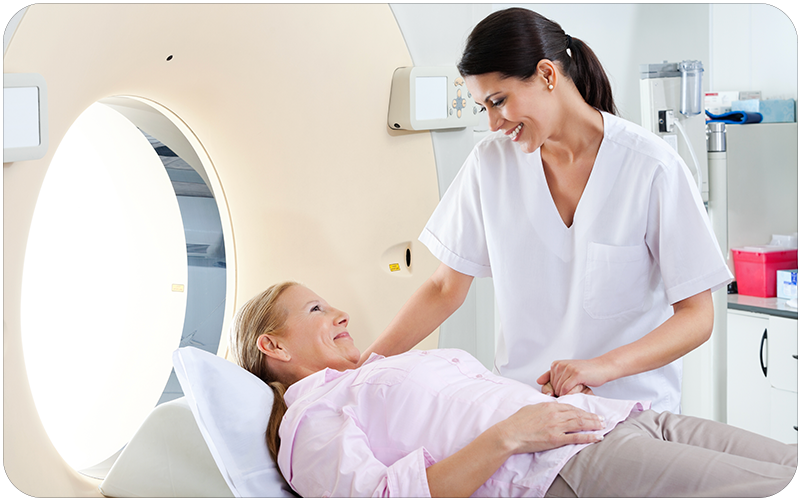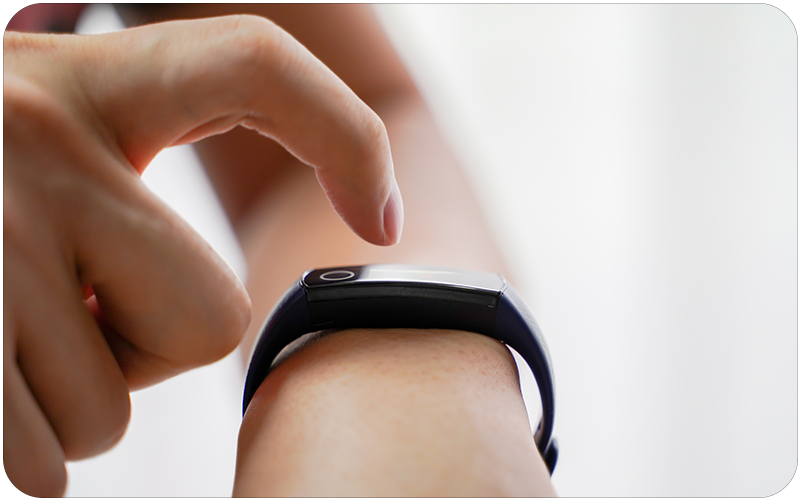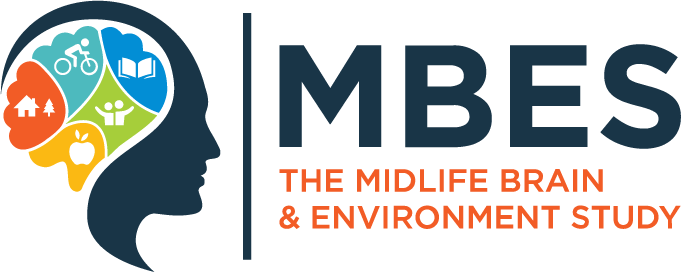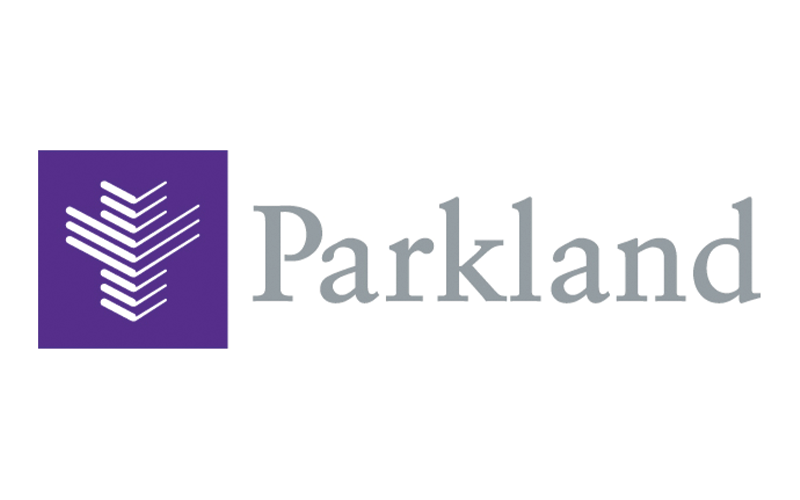About Us
This study is led by The Wig Neuroimaging Lab. We are a cognitive neuroscience laboratory based at the Center for Vital Longevity at The University of Texas at Dallas. The principal investigator of the lab, Dr. Gagan Wig, leads research focused on understanding how and why the human brain ages.
Additional participating institutions in this study are UT Southwestern Medical Center and Parkland Hospital.
Study Details
Our ability to devote attention to the things we are doing and remember important events in our lives changes as we grow older.
The goal of this study is to understand how our health and lifestyle choices impact these changes, and how they all relate to our brain function.
We are studying these important questions in adults who are between 40 and 64 years old. Focusing on middle-age adulthood provides us with an opportunity to understand how our brains change before the onset of most older-age diseases.
There are 4 main components of the study

1. Brain MRI
We’ll take pictures of your brain at the UTD Brain Health Imaging Center.

2. Behavioral Assessments
We’ll have you take some behavioral tests to measure your cognitive and motor functions.

3. Health Measurements
We’ll measure your current health status.

4. Keep Track
After your visit, we’ll have you track your day-to-day life with easy tasks and an activity tracker.
Am I eligible to participate?
If you meet the following criteria you may be eligible:
Adults 40-64 years old
Speak English as a primary language
Right-handed
Will I be paid for participating?
As a way to thank you for your time, you will be paid for participation. In addition, food and beverages will be provided during the time you spend with us.
We are taking multiple COVID-19 precautions.
Your safety is our utmost priority. We are taking extra precautions to minimize the potential spread of COVID-19, including social distancing procedures, extensive cleaning routines, and the use of personal protective equipment.





